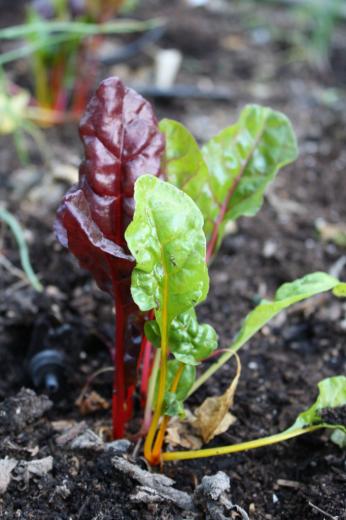Chard
Chard produces crunchy stalks and large leaves and is a member of the chenopod family that includes beets, spinach and quinoa. Also known as Swiss chard or rainbow chard (pictured), this vegetable likely originated in the Mediterranean and has been around for thousands of years.
Chard leaves are dark green in color. However, rainbow chard can come in a variety of colors such as white, red, yellow, purple, pink and even striped!
The vegetable’s large tough leaves are mild and sweet but a little bitter, tasting similar to spinach. Its stalks resemble celery with a sweet taste that is similar to beets. They should be cooked separately since they take a longer time to soften. Its younger leaves can be eaten raw in salads and its tougher leaves and stems are often sauteed with olive oil. They can also be added into soups or stuffing. Don’t overcook them to retain their nutritional value.
Chard is one of the most nutritious vegetables around! One cup of cooked chard will provide more than 700% of the daily value of vitamin K, more tan 200% of vitamin A and more than 50% of vitamin C. It’s also rich in magnesium, manganese, potassium, iron, vitamin E, copper and calcium.
References:
http://blog.foodnetwork.com/fn-dish/2011/08/rainbow-chard/


